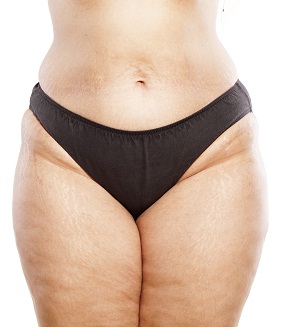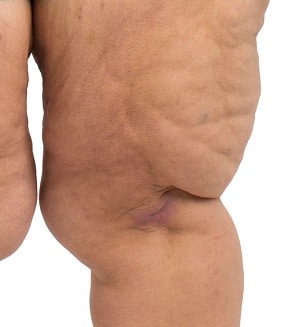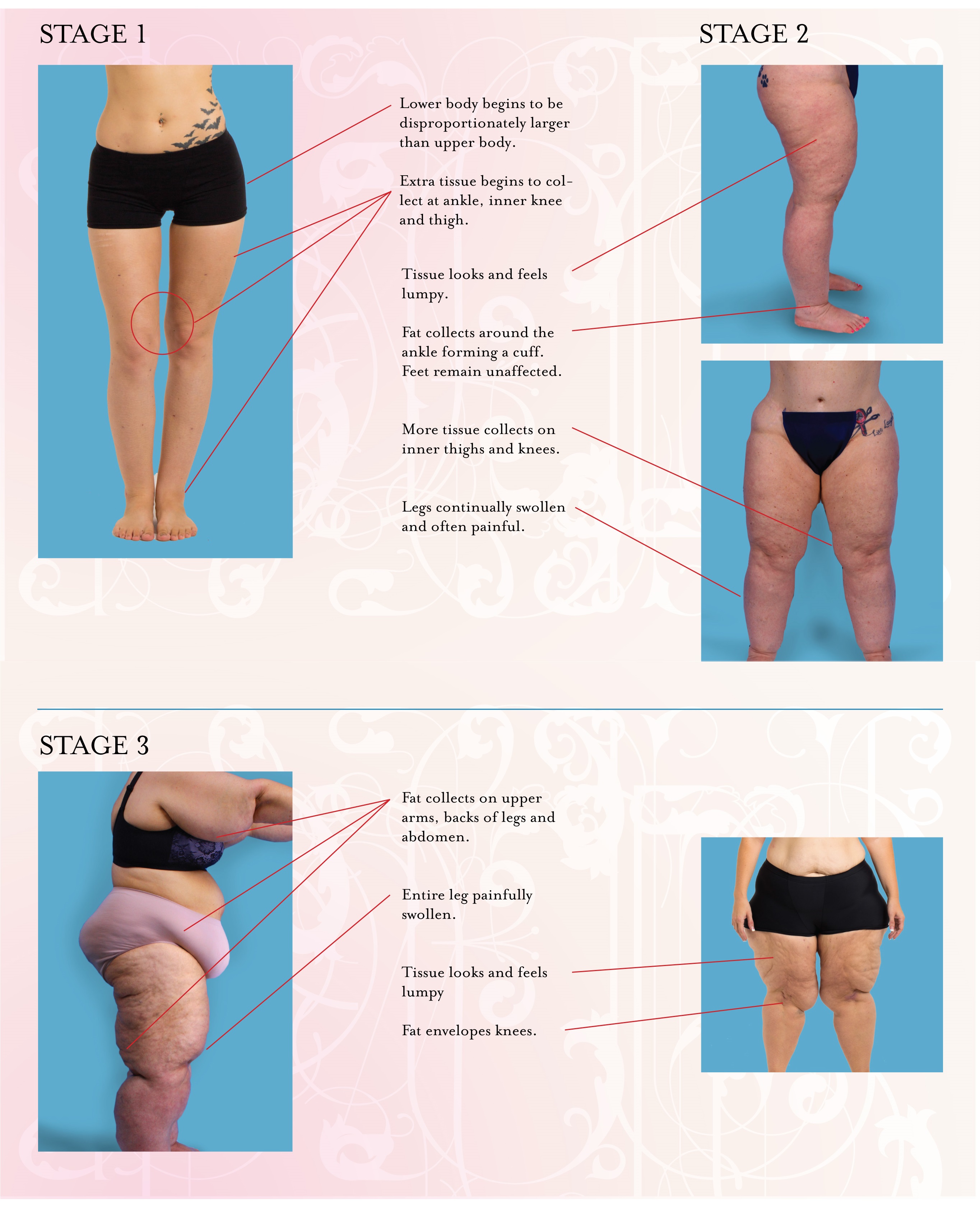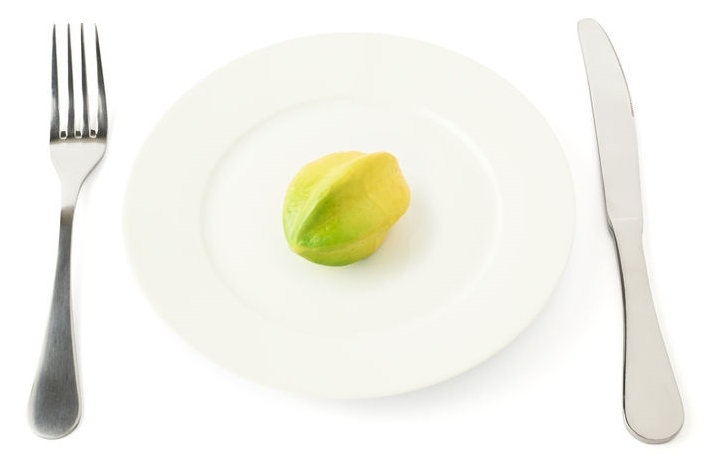What is Lipedema?
Lipedema is an under-diagnosed disease of the fat (adipose) cells. As the disease progresses, Lipedema deposits abnormal amounts of fat in the lower half of the body producing “column-like” legs and/or fat cuffs around the ankle. Meanwhile, the torso remains disproportionately smaller. In later stages of Lipedema, fat deposits may occur in the buttocks, torso and upper arms.
Do I Have Lipedema?
If you have one or more of these common symptoms you may have Lipedema:
- Large stove-pipe shaped legs
- Fat cuffs around ankles
- Upper body much smaller that lower body
- Swollen legs that bruise easily
- Legs that are painful to touch
- Lumpy tissue that looks like cellulite
- Excess tissue gathered around knees and on inner thighs
- Fat size doesn’t reduce with diet or exercise
- Changes in skin
What Causes Lipedema?
Though the disease was first identified in 1940, the exact cause is
still being studied. What we know is Lipedema often begins with
hormonal shifts during puberty, pregnancy or menopause. Heredity
a may also play a role. The disease is rarely found in men.
Does it Get Worse Over Time?
Yes. Lipedema is a progressive disease and advances in stages.




Will Dieting Reduce Lipedema?
Unlike the fat of common obesity, Lipedemic fat cannot be reduced by diet or exercise alone. It’s found in 11% of women worldwide and affects both underweight and overweight woman alike.

What Happens if Lipedema is not Surgically Treated?
Lipedemic Liposuction is not a cosmetic procedure but a medically necessary procedure to relieve pain and halt the progression of the disease. If not removed, Lipedemic fat continues to collect in the lower limbs and eventually accumulates in the upper arms and torso. As Lipedema progresses, pain and swelling increase, mobility declines, and blood circulation and lymphatic functions are compromised.

What is the Difference Between Lipedema and Lymphedema?
While it is possible to have both Lipedema and Lymphedema, the two diseases differ in these ways:
- Lipedema does not cause swelling in the hands or feet.
- Lipedema affects both sides of the body equally.
- Lymphedema presents with one limb noticeably larger than they other.
- Lipedema tissue is soft and buttery — Lymphedema tissue is hard.
- Lymphedema presents with pitting edema — Lipedema does not.

Insurance Coverage or Financing OptionsEasy Financing for Your Surgery…..CLICK HERE


